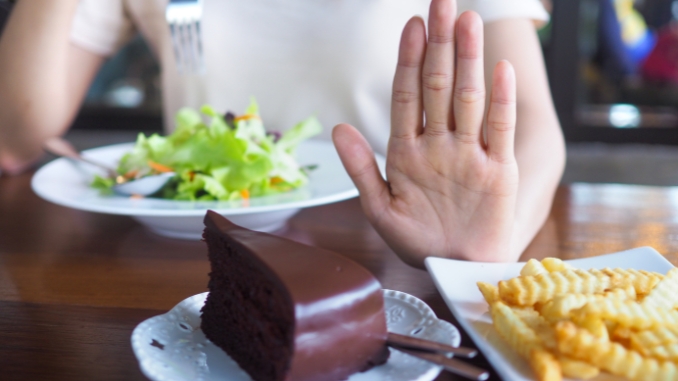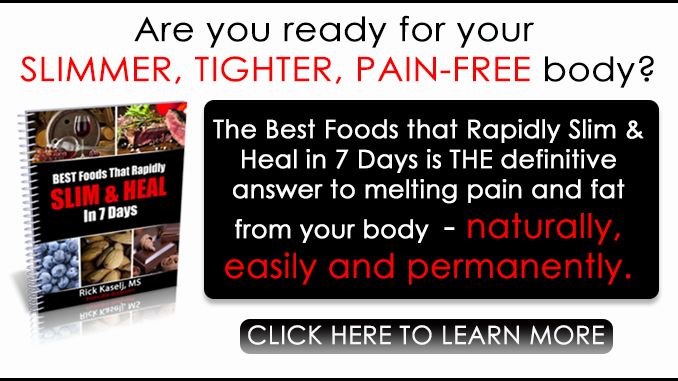Chronic pain is more than just a physical burden—it’s a lifestyle disruptor. Whether you’re dealing with joint pain, rheumatoid arthritis, irritable bowel syndrome, or chronic inflammation, the foods you eat could be making your symptoms worse.
In a recent interview on ExercisesForInjuries.com, Rick Kaselj spoke with Nick Pineault, a health and nutrition aficionado and co-creator of the 14-Day Pain-Free Diet, about how certain foods may be silently sabotaging your recovery. Here’s what you need to know.
Sample 14-Day Pain-Free Diet Recipes
Here are few recipe samples that show the variety and satisfaction you can enjoy on the 14-Day Pain-Free Diet:
1. Veggie-Packed Morning Omelet
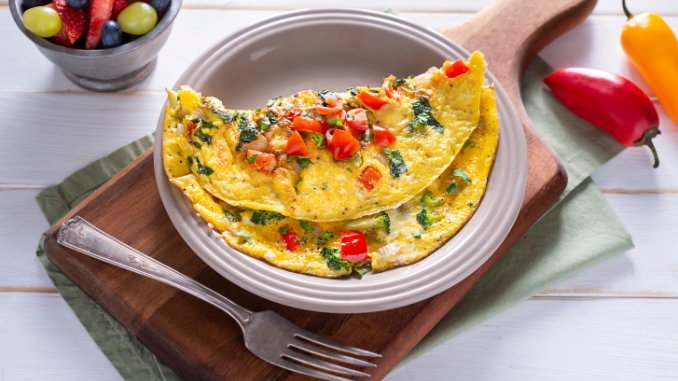
Anti-inflammatory and protein rich
Ingredients:
- 2 organic eggs
- 1/4 cup chopped spinach
- 2 tbsp diced onion
- 2 tbsp chopped green peppers
- 1 tsp olive oil (or extra virgin olive oil)
- Pinch of turmeric, black pepper, and sea salt
Instructions:
- Heat olive oil in a skillet over medium heat.
- Add onions and peppers, cook for 2-3 minutes.
- Stir in spinach and cook until wilted.
- Pour in whisked eggs and sprinkle with spices.
- Cook until set and fold over. Serve hot.
Benefits: Packed with anti-inflammatory nutrients and healthy fats.
2. Coconut & Chicken Healing Soup
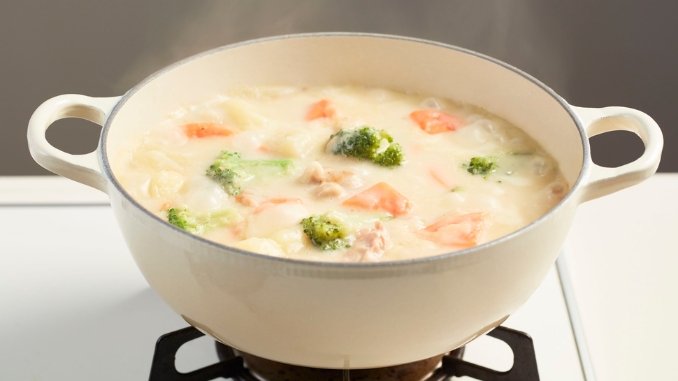
Comforting, nourishing and gluten-free.
Ingredients:
- 1 cup cooked chicken breast (shredded)
- 1/2 cup chopped carrots
- 1/2 cup chopped celery
- 1/4 cup diced onion
- 1 clove garlic, minced
- 1 tsp grated ginger
- 1 tbsp coconut oil
- 2 cups chicken broth (gluten-free)
- 1/2 canned coconut milk (unsweetened)
- Sea salt and pepper to taste
Instructions:
- Sauté onion, garlic, carrots, and celery in coconut oil for 5 minutes.
- Add broth and bring to a simmer.
- Add shredded chicken, ginger, and coconut milk.
- Simmer for 10-15 minutes. Serve warm.
Benefits: Combats chronic inflammation while soothing the digestive system.
3. Quinoa & Sweet Potato Power Bowl
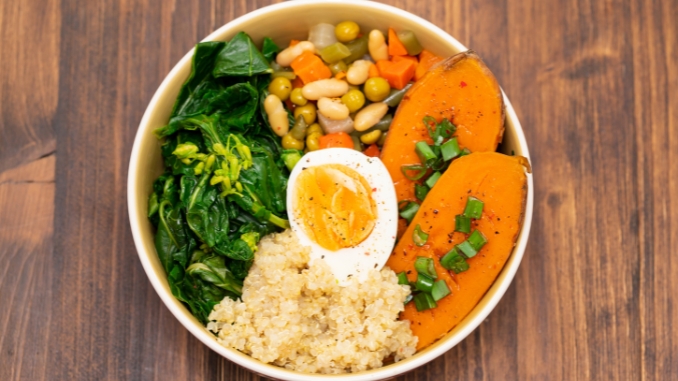
A complete gluten-free meal with whole foods
Ingredients:
- 1/2 cup cooked quinoa
- 1/2 roasted sweet potato (cubed)
- 1/4 steamed green beans
- 1 tbsp pumpkin seeds
- 1 tbsp extra virgin olive oil
- 1 tsp apple cider vinegar
- salt, pepper, and rosemary to taste
Instructions:
- Combine quinoa, sweet potato, and green beans in a bowl.
- Drizzle with olive oil and apple cider vinegar.
- Sprinkle pumpkin seeds and seasonings. Toss and serve.
Benefits: Nutrient-dense and designed to reduce chronic pain naturally.
4. Banana Quinoa Muffins (Gluten-Free)

Perfect for breakfast or a snack
Ingredients:
- 2 ripe bananas (mashed)
- 1 cup quinoa flour
- 2 eggs
- 1/4 cup unsweetened almond milk
- 1/4 cup coconut oil
- 1 tsp baking soda
- 2 tsp cinnamon
- Dash of sea salt
Instructions:
- Preheat oven to 350°F (175°C).
- Mix wet ingredients in one bowl and dry in another.
- Combine and spoon into muffin cups.
- Bake for 20-25 minutes or until golden.
Benefits: Naturally sweetened and gluten-free—ideal for chronic pain conditions.
Why These Recipes Work
Each recipe in the 14-Day Pain-Free Diet avoids:
- Inflammatory foods like trans fats, sugary foods, and processed snacks
- Common allergens such as gluten and dairy
- Artificial additives, preservatives, and partially hydrogenated oils
- And instead, they feature:
- Whole ingredients with anti-inflammatory properties
- Healthy oils like olive oil and coconut oil
- Balanced macros to support pain management and healing
The Pain-Food Connection: More Real Than You Think

Nick discovered his personal link between diet and chronic pain in his early 20s. While studying in graduate school, he suffered from persistent back pain. Despite physical therapy and posture correction, the pain lingered—until he dramatically overhauled his diet.
Within just weeks of eliminating certain inflammatory foods, he noticed significant relief. not only did his back pain subside, but he also experience better sleep, clearer skin, and higher energy levels. this personal success inspired his research into chronic pain [1] management through food.
Hidden Inflammation: Foods That Trigger Symptoms
Many foods considered “healthy” can cause inflammatory response in certain individuals. Nick identified two major culprits in his own diet:
Milk and Dairy Products: While often rich in calcium, milk can be inflammatory to 60% of adults with lactose intolerance. This intolerance can lead to chronic inflammation and exacerbate symptoms.
Gluten: Found in wheat and other grains, gluten is problematic for many. Some individuals have gluten sensitivity [2] or celiac disease, which can manifest not just as gastrointestinal symptoms, but also as increased joint pain or fatigue.
This commonly consumed foods can wreak havoc on your immune system, particularly for people with chronic pain conditions like rheumatoid arthritis, irritable bowel syndrome, or long-standing injuries.
According to Nick Pineault, co-creator of the 14-Day Pain-Free Diet: “Most people don’t realize that what they’re eating daily —even foods labeled as ‘healthy’—can be driving chronic inflammation and silently worsening their symptoms. You might be eating gluten, dairy, or even certain vegetables like tomatoes, thinking they’re good for you. But if you have gluten sensitivity, celiac disease, or an intolerance to nightshades, you’re likely triggering an inflammatory response without knowing it.”
The 14-Day Pain-Free Diet: A Reset For Your Body
The 14-Day Pain-Free Diet, developed by Nick and pain physician Dr. John Tay, is a structured program aimed at identifying food triggers and promoting pain relief.
How It Works:
- Eliminate all potential triggers: For 14 days, remove foods that may increase inflammation—this includes dairy, gluten, refined carbohydrates, trans fats, and processed foods.
- Introduce Anti-Inflammatory Foods [3]: Embrace whole foods like sweet potatoes, green beans, brown rice, omega-3 fatty acids from fatty fish, and healthy oils like extra virgin olive oil.
- Monitor and Reintroduce: After 14 days, reintroduce certain foods one at a time to see which cause pain flare-ups or other symptoms.
This elimination process helps you pinpoint your unique dietary triggers. For example, that seemingly innocent bagel might be the reason your knee pain won’t go away.
Common Inflammatory Foods to Avoid With Chronic Pain
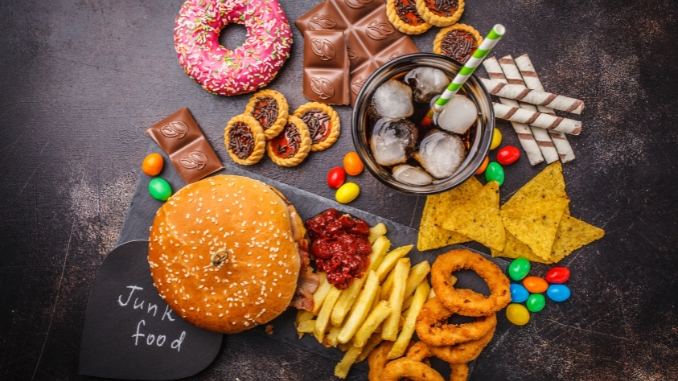
Here are some of the most common inflammatory foods to avoid with chronic pain:
- Dairy products (milk, cheese, butter)
- Wheat and gluten-containing grains
- Sugary foods and fruit juice
- Refined carbohydrates, such as white bread and pastries
- Processed snack foods
- Red meat
- Fried foods cooked in unhealthy fats
- Trans fats and partially hydrogenated oils
- Artificial sweeteners
- Energy drinks
These foods can disrupt your immune system, elevate blood sugar, contribute to weight gain, and make pain worst.
Foods That Help Fight Inflammation
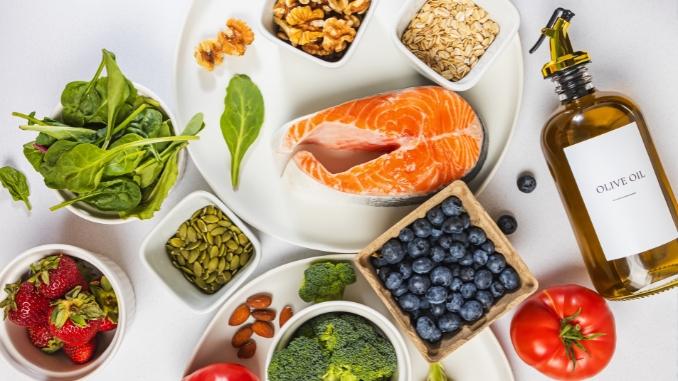
Shifting toward an anti-inflammatory diet can significantly help reduce chronic pain. Here’s what you should eat more of:
- Whole grains and whole grain bread
- Legumes like kidney beans
- Fresh fruits and vegetables
- Fatty fish (rich in omega-3 fatty acids)
- Herbal tea and plenty of water
- Healthy fats like olive oil and avocado
- Spices and herbs with health benefits such as, turmeric and ginger
These anti-inflammatory foods support your body’s natural healing process and can complement pain medications, physical therapy, and physical activity.
Tools to Help You Succeed
The 14-Day Pain-Free Diet isn’t a cabbage-soup cleanse. It includes:
- A meal plan with 3 meals and snacks daily
- A detailed shopping list
- A quick-start guide
- A food journal to track pain and reactions
- A comprehensive food label guide to avoid hidden ingredients
Meals from banana quinoa muffins to coconut chicken soup and red cabbage and red bean stew—tasty, satisfying, and healing.
Final Thoughts: A Personalized Path to Pain Management
As Nick and Rick both emphasize, eating unhealthy foods may be the silent culprit behind chronic pain. The 14-Day Pain-Free Diet gives you the tools to reduce chronic pain, regain energy, and take control of your health through a healthy eating plan.
Whether you suffer from high blood pressure, joint discomfort, or gastrointestinal symptoms, trying the right foods could be the missing piece in your recovery puzzle.
“One man’s food is another man’s poison.” – Lucretius
Ready to discover which foods help and which ones trigger pain? Check out this Best Foods that Rapidly Slim & Heal in 7 Days – Digital Download (EFISP) now!
FAQ’s
What types of foods should I avoid with chronic pain?
The foods to avoid with chronic pain, including:
- Processed foods and snack foods
- Refined carbohydrates (e.g., white bread, pastries)
- Sugary foods and sweetened beverages
- Trans fats and partially hydrogenated oils
- Fried foods, red meat, and processed meats
- Dairy and gluten (especially for those with gluten sensitivity or lactose intolerance)
These foods can lead to chronic inflammation, exacerbate joint pain, and interfere with your recovery from chronic pain conditions.
How is the 14-Day Pain-Free Diet different from other anti-inflammatory diets?
The 14-Day Pain-Free Diet goes beyond generic anti-inflammatory guidelines by removing all potential pain triggers—like gluten, dairy, sugar, nightshades, and processed oils—then reintroducing them to pinpoint personal sensitivities. Created by Nick and Dr. John Tay using the latest nutrition and pain-relief research, it’s more comprehensive than typical Mediterranean or low-inflammation plans.
Is the 14-Day Pain-Free Diet gluten-free and dairy-free?
Yes. In the elimination phase, the diet is gluten- and dairy-free—two common allergens linked to gut issues, weight gain, and joint pain. Cutting them can greatly improve symptoms for those with celiac disease, IBS, or gluten sensitivity.

